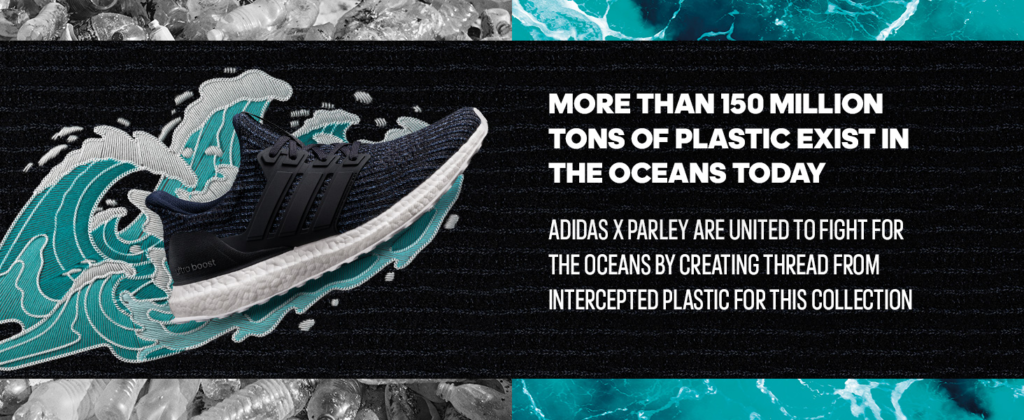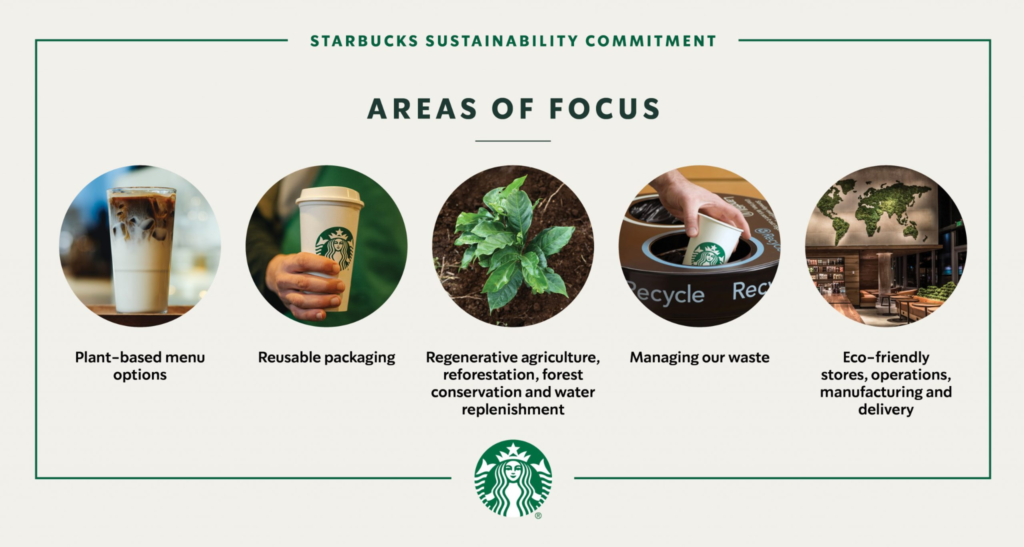What is Sustainable eCommerce: Stats, Benefits, Tips and Examples

Sustainability and business need to go hand in hand nowadays. 2022 will likely bring a bigger focus as more governments, consumers, and brands around the world have been making a lot of efforts in becoming more sustainable and creating more sustainable environmental practices.
For all eCommerce brands, sustainability should be on top priority to focus. Consumers want brands that are aligned with sustainable eCommerce, this means changing things at every stage of your business, from reducing single-use packaging, and offsetting carbon emissions, to giving back to the planet.
What is sustainability in e-commerce?
E-commerce Sustainability is a concept adopted by online businesses that focus on meeting the needs of the present in a way that can sustain the needs of future generations. Initiatives like minimizing waste, reducing your carbon footprint, and practicing fair trade are often associated with the concept of sustainability.
Online eCommerce businesses choose sustainable materials (organic, recycled, natural) to make, package, and ship their products, support local suppliers and vendors to reduce carbon emissions, and run their actual offices and stores efficiently (implementing recycling programs, using alternative energy, using recycled materials) conserve the environment and makes it sustainable.
Why is sustainable eCommerce important?
Sustainability is important to your brand, and the world. Although 90% of executives think sustainability is important, only 60% of companies have a sustainability strategy. Brands that once speak about being sustainable and made commitments to be ecofriendly are lacking when it comes to implementation. Zero engagement of CEOs and corporate boards with sustainability strategies is one of the reasons behind this.
Whatever business you run, small or big but if you find ways to reduce your environmental impact will have a direct impact on our planet. It can even inspire other brands and businesses to do the same!
Doing your part as a brand is a morally right thing to do because, without a planet, you can’t run a business. Even consumers are much more inclined to support the brands that have adopted sustainable commerce concepts and care about the environment.
We have gathered some sustainable ecommerce stats regarding the growing need for sustainability in this industry.
- As per the report “Packaging impact on digital shopping behavior in the U.S. 2021“, at least 4 out of 10 online buyers surveyed said sustainable packaging is one of the reasons that encouraged them to purchase online from brands.
- A recent study says consumers in North America, Europe, and Asia want eco-friendly packaging. 72% of respondents said they buy more environmentally friendly products than five years ago, and 81% said they expected to purchase more over the next five years. According to The Economist Intelligence Unit, there has been a 71% rise in online searches for sustainable goods globally, over the past five years.
- According to the survey from McKinsey & Co., brands are taking action on other fronts too. They making efforts to increase sustainable options for online shoppers, and also make it the new normal in the future. Zara pledged to use 100 percent sustainable fabrics by 2025, joining H&M which earlier committed to using 100 percent recycled or sustainable materials by 2030, among a host of broader sustainability commitments by the company. Adidas has committed that by 2024 they will be to phasing out virgin polyester. During Paris Fashion Week, LVMH announced its own series of commitments for the environment and biodiversity, including an Animal-based Raw Materials Sourcing Charter; the Charter among other initiatives specifies a target of 70 percent of the groups leather to be sourced in the Leather Working Group (LWG) certified tanneries, up from 48 currently.
- 52% of online shoppers claim to choose to purchase from one online store over another if the environmental impact of the delivery is lower.
- According to IBM’s “Meet the 2020 consumers driving change” report, 8 out of 10 consumers said that sustainability plays an important role in their purchasing decisions.

What are the benefits of sustainability in eCommerce business:
- Drives Internal Innovation
- Improves Environmental and Supply Risk
- Attracts and Retains Employees
- Expands Audience Reach and Builds Brand Loyalty
- Reduces Production Costs
- Garners Positive Publicity
- Helps You Stand Out in a Competitive Market
- Sets the Industry Trend
- Higher productivity
- Avoiding or reducing regulatory burdens
- Lowering liabilities
How can an eCommerce business be sustainable?
The impact of ecommerce businesses on the environment is a much-debated issue. It is very important for online ecommerce businesses to make efforts to become sustainable. We know that being eco-friendly may seem daunting, but trust me it is achievable if perfect strategies and efforts are taken. Following are a few steps that can help you to make your eCommerce business sustainable:
Create An Eco-Friendly Work Environment
You can begin your eco-friendly journey by making sustainable changes to your workplace. Start by cutting down your electricity consumption – switch off fans, lights, and other electronic equipment when they are not in use. Avoid running air conditioners at low temperatures for long durations. Use LED lights. Use eco-friendly printing ink or put a limit on the amount of printing that is done. Eliminate plastic water bottles at the workplace and provide filtered tap water instead. Also, promote biodegradable disposable glasses for water.
Use Eco-Friendly Packaging
Ecommerce businesses can reduce waste by using eco-friendly packaging because more and more customers switch to online shopping posts pandemic so the number of containers and packaging is likely to grow. We suggest companies choose sustainable ecommerce packaging like recyclable boxes or packaging that is made from biodegradable materials like bagasse paper, corn starch, etc. instead of cardboard. You can also avoid box-in-box packaging. Choose reusable or handmade cloth bags over plastic bags.
Implement Sustainable Shipping
A few ways to improve on shipping are:
- To investigate eco-friendly programs from major carriers like FedEx, UPS, and USPS that can offer paperless invoicing and other green options.
- Use recyclable packaging
- Reducing the amount of packaging to printing labels using thermal printers to save on ink.
- Encourage customers to choose slow shipping by offering them discounts.
Go Digital
Encourage your customers to make online payments using various digital methods like credit/debit cards, net banking, and payment wallets instead of cash. Provide training to your delivery personnel using all these digital payment methods. Set up a digital asset management system that can access from anywhere by your employees. This will enable them to work from anywhere and reduces pollution caused by commute. Also, you can send email receipts to customers instead of sending them printouts with orders.
Not sure how to start your eCommerce journey? Contact us!
Use An Eco-Friendly Web Hosting Service
Make your website eco-friendly by using a green hosting service provider because they use 100% renewable electricity that is generated using wind and solar energy to host your eCommerce website. Also, let us remind you that a green hosting service also costs you less than others.
Some of the sustainable and green web hosting providers are GreenGeeks, InMotion, and DreamHost.
Display Your Sustainability Efforts
Most important among all these is to display your sustainability efforts and gain the trust of your customer. Use your packaging and website to showcase your environmental certificates, design your packaging in shades of green, and display the causes you support, your digital efforts, and the sources of your raw materials.
Examples of Sustainable eCommerce Websites
Here are some of the eco-friendly and sustainable ecommerce brands:
Adidas
Adidas partnered with Parley for the Oceans, an environmental organization dedicated to addressing major threats to the planet’s oceans. The result? Adidas x Parley, shoes that intercept plastic before it reaches the oceans and turns it into high-performance sportswear.

IKEA
IKEA, a Swedish furniture giant has proactively switched its entire lighting range to energy-efficient LEDs. They have also announced their plans to invest $220 million in reforestation, green energy, and forest protection projects in an effort to become “climate-positive.” Along with all this, the company is also committed to using wool and sustainable cotton and phasing out single-use plastic products.

Starbucks
Starbucks is leading the way for more environmentally friendly and sustainable growth, from the sourcing of their coffee beans to the packaging and delivery of their products. They have made this step by using a compostable cup with a biodegradable liner that acts like plastic to make sure liquid doesn’t leak through. The biodegradable liner on the cup makes the cup compostable in commercial composting facilities, which is a rare feat.

Shades of Green
Shades of Green is committed to creating healthier living spaces by sourcing and selling only environmentally-friendly products, and non-toxic, offering green design consultations, and providing the latest information on green building products and practices. The company’s evaluation system offers honest and transparent details and offers customers smart choices and real value. Every product is eco-friendly on their website, along with a green score from 1 to 5. Each product description contains information on why it’s recommended, as well as product reviews from customers.

Sustainability is good for business!!
We really hope that our article on sustainable e-commerce, its importance, and its benefits will be helpful to improve the sustainability of your online eCommerce business.
Believe us adopting sustainability in your e-commerce will bring a lot of opportunities and benefits your way. Please take your time to analyze and review your current business process in detail and consider how to improve your sustainable plans and get more eco-friendly in the long run.
Don’t forget to promote your environmental credentials in social media campaigns, on your website, and in relevant parts of your shopper journey to boost customer satisfaction.
Good luck in 2022!
Also Learn: What is the Role of e-commerce in the Fashion Industry?
Also Learn: 7 Simple Tips to Drive Traffic to Your eCommerce Store





